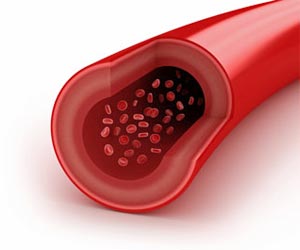A small sensor made from porous thin films of organic conductive plastics could detect trace compounds like ammonia in the breath, indicating the risk of diseases.
- A breath test can reveal the health status of a person and indicate the underlying diseases.
- A low-cost, disposable breath sensor has been developed to detect trace compounds in breath.
- The device is made from porous thin films of organic conductive plastics that can detect compounds at levels that are far too low to smell.
Previously, many research teams have tried organic semiconductors to detect compounds. But, the materials were not sensitive enough to detect trace levels of disease markers in the breath.
How does the Sensor Detect Ammonia?
Diao's research team found that the reactive sites to detect disease markers were not on the surface of the plastic film, but buried inside it.
"We developed this method to directly print tiny pores into the device itself so we can expose these highly reactive sites. By doing so, we increased the reactivity by ten times and can sense down to one part per billion," said Diao.
The composition of the sensor can be changed to create devices that can detect other compounds. The team has created an ultrasensitive environmental monitor for formaldehyde, a common indoor pollutant in new or refurbished buildings.
"We would like to be able to detect multiple compounds at once, like a chemical fingerprint. It's useful because, in disease conditions, multiple markers will usually change concentration at once. By mapping out the chemical fingerprints and how they change, we can more accurately point to signs of potential health issues,” said Diao.
Reference
- Fengjiao Zhang, Ge Qu, Erfan Mohammadi, Jianguo Mei, Ying Diao. Solution-Processed Nanoporous Organic Semiconductor Thin Films: Toward Health and Environmental Monitoring of Volatile Markers. Advanced Functional Materials, 2017; 1701117 DOI: 10.1002/adfm.201701117
Source-Medindia










